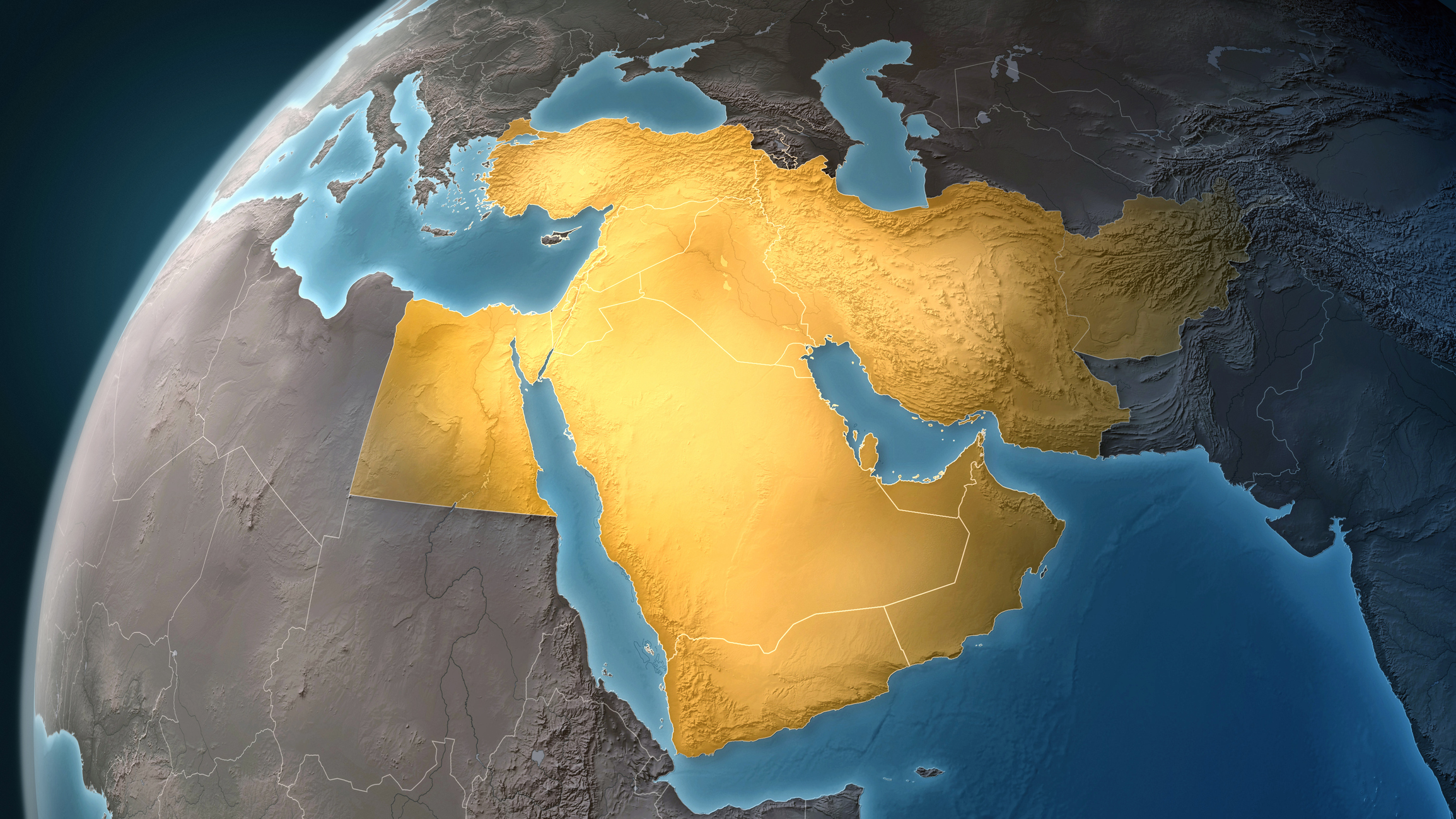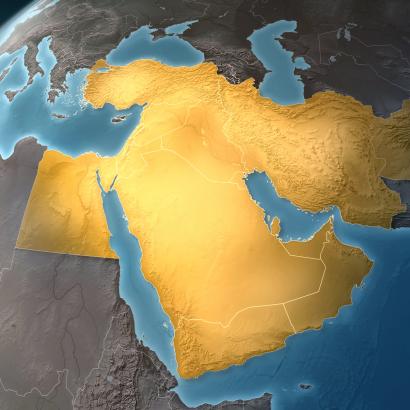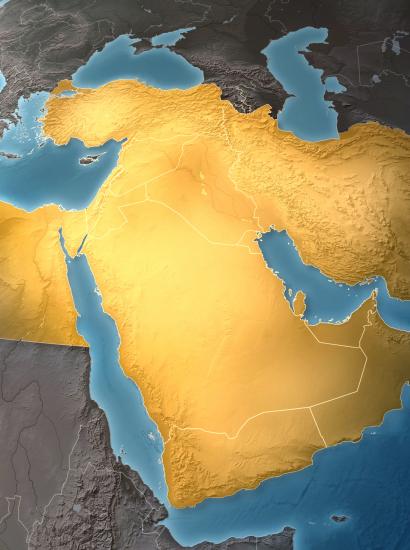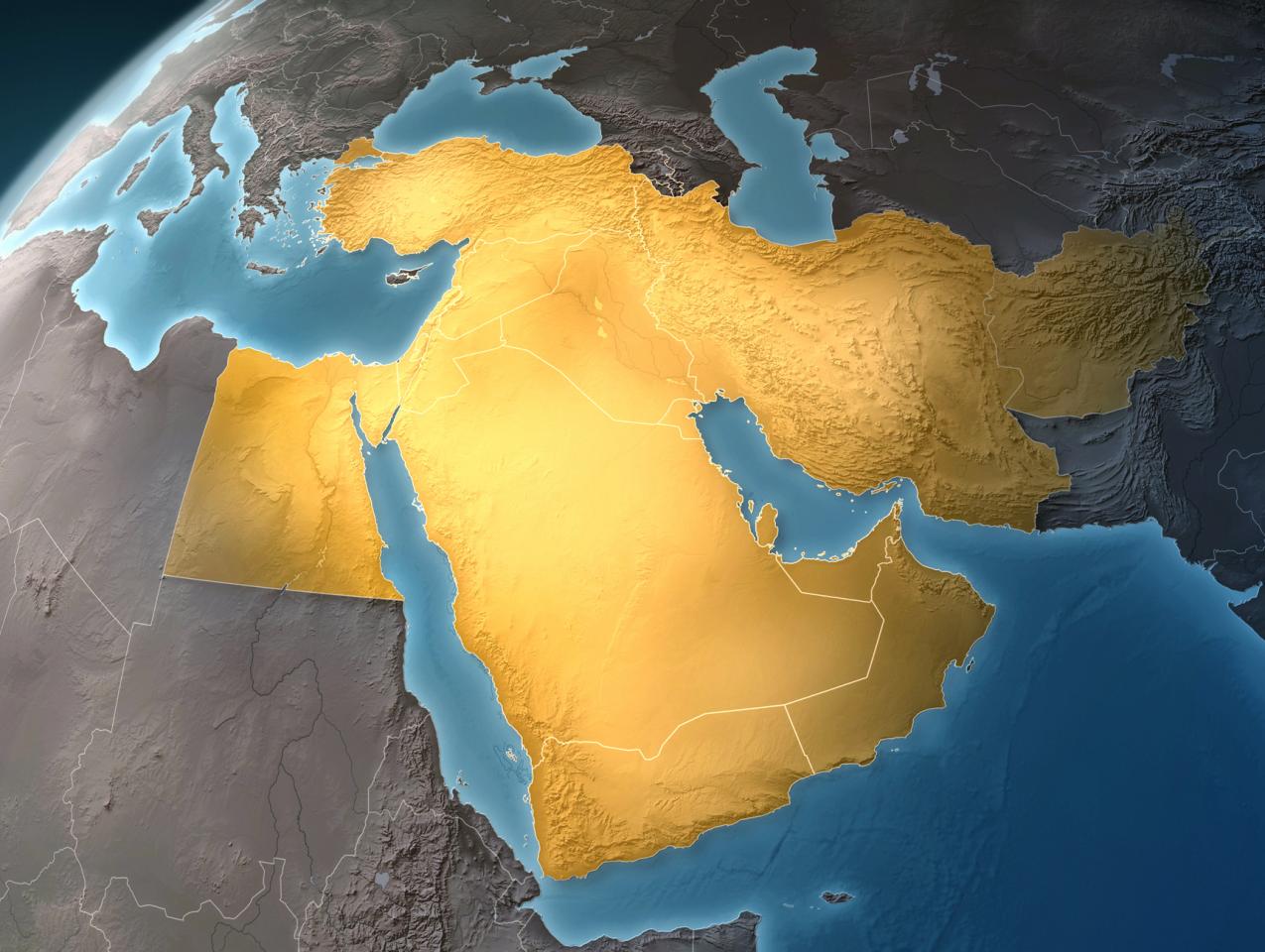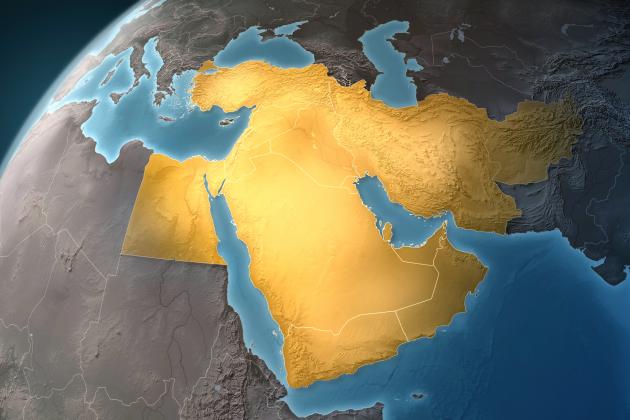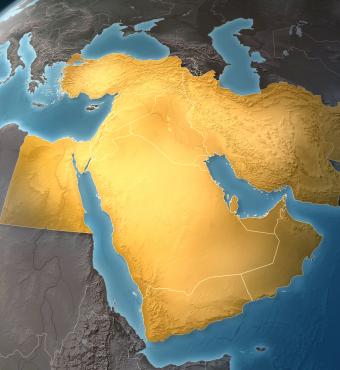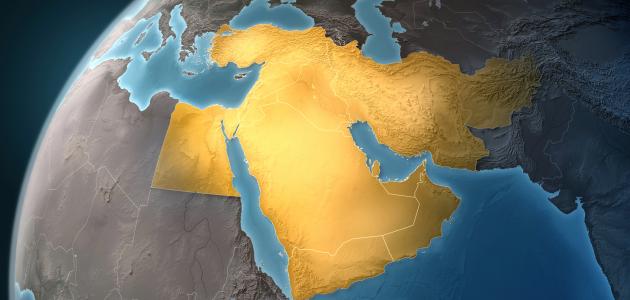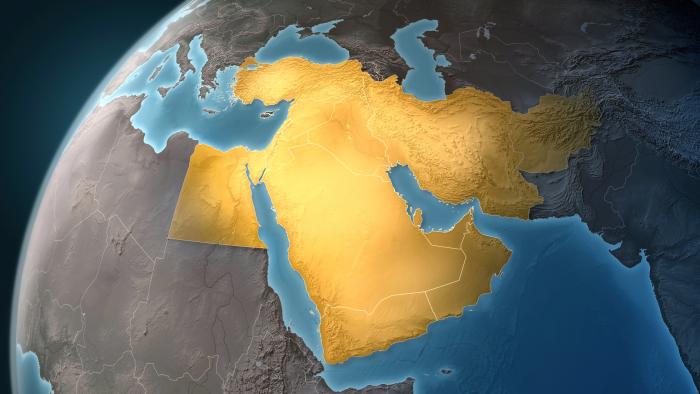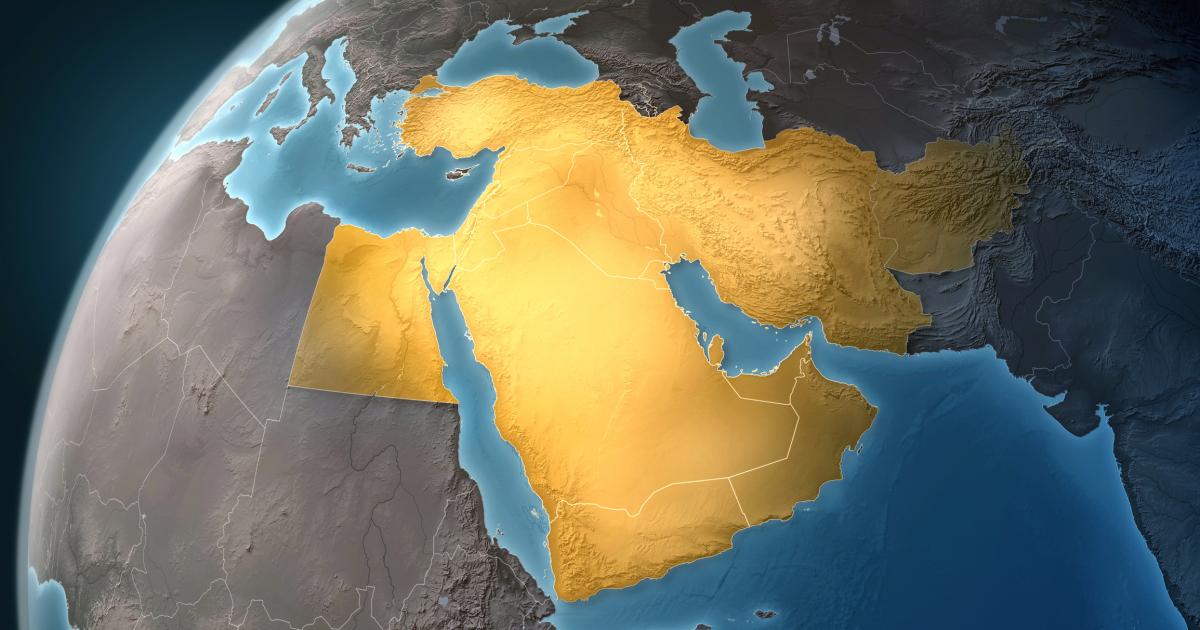I have worked on trying to resolve or ameliorate the Israeli-Palestinian conflict in formal and informal capacities since the 1980’s. Through two intifadas (uprisings) and the Oslo process, I have seen the conflict in its human terms and the toll it takes. There were certainly times in the 1990’s when it seemed to be possible to settle the conflict. Even after the Second Intifada, which imposed such a terrible price on both Israelis and Palestinians, I believed that the gaps between the two sides were bridgeable.
Today, regrettably, I believe we are far from being able to settle or resolve this conflict. The gaps between the two sides—psychologically and substantively—have never been wider. That may seem a strange statement to make. After all, there is a Palestinian Authority and the creation of the Oslo process; there continues to be security coordination between Israeli and Palestinian security forces; and there remain other functional, practical forms of cooperation on health and related issues.
All this is true, and it is essential not to write that off. But what is also true is that both the Israeli and Palestinian publics have lost their faith and belief in the prospects of a resolution. In Israel’s last elections—2015, April 2019, and September 2019—the main opposition candidates, Yitzhak Herzog and Benny Gantz—have not made peace an issue. Why? It is not because they don’t believe in it, but because they don’t want to look naïve to the vast majority of Israelis. As for the Palestinians, a majority no longer believes in a two state solution. This probably reflects more the reluctance to invest in an outcome psychologically that they think will never happen.1
One of the problems with the Trump plan, which is expected to be released after the Israeli election, is that it has taken nearly three years to produce it, and, if it falls flat, as many fear, it will simply deepen the feeling that nothing is possible. The psychological gaps will only get worse, but that is not to say that the substantive gaps are any less real.
When we presented the Clinton parameters in December of 2000, we had the experience of Camp David the previous summer and literally thousands of hours of discussions with both sides on their positions and where bridges could be built between them. We thought the natural way to build a balanced package was to meet the Israelis on what they would need on security and refugees and the Palestinians on Jerusalem and borders. That did not mean that either would get a 100% of what they wanted on any issues, but that we would tilt toward them on what they would most need.
For Israel, given its history and the character of the region, security was the bedrock of any agreement—meaning peace did not provide security, but that security is what could sustain peace. Similarly, Israel could not be the state of the Jewish people if Palestinian refugees had the right of return and could fundamentally change Israel’s demographics. For Palestinians, their state could not be viable if it did not have territorial contiguity, at least in the West Bank, and they would have no credibility if their state did not have a capital in Arab East Jerusalem.
It seemed to make sense at the time; but the Middle East today is not the Middle East of 2000. In 2000, Iran was still weakened by its war with Iraq, ISIS did not even exist, the Iranians had not provided over 100,000 rockets to Hezbollah, Hamas was controlled in Gaza and not the ruling party there, and Turkey was an ally of Israel’s, not a partner of the Muslim Brotherhood and a place of refuge for Hamas figures. As a result, the security arrangements in any contemporary peace agreement would have to be different. Indeed, Prime Minister Netanyahu is not the only Israeli leader who would be focused on preserving overarching Israeli security responsibility in the West Bank to include the Jordan Valley. The fear that the Palestinian state might become a failed state or dominated by Islamists is real given the weakness of the PA’s institutions and the rapidity with which it fell to Hamas in Gaza in 2007.
By the same token, having chafed under Israeli controls, Palestinian needs for the appearance and reality of independence and freedom from Israeli occupation have only grown. Yes, there may be ways to reconcile Palestinian sovereignty and Israeli security needs by, for example, having Palestinians lease sensitive strategic areas like a strip along the Jordan River to Israel and having Israel lease parts of Ben-Gurion airport and the Ashdod port to a Palestinian state. But the mood of Palestinians is so negative—and so shaped by their sense of victimization—that there is little or no inclination to look for possible compromises and creative solutions. On the contrary, as the weaker, victimized party, Palestinians believe they should not have to make concessions—that the onus is exclusively on the Israelis, the dominant power, to make all concessions. Having socialized their publics for so long to believe this, Palestinian leaders now fear any concession would produce a backlash and be exploited by the enemies of any peace. With succession to Mahmoud Abbas looming in the West Bank, all those around him are positioning themselves for the future—and they know succession is a period where purity, not accommodation, is the political coin of the realm.
There is no greater readiness on the Israeli side to make concessions, believing with some justification that two unilateral withdrawals from southern Lebanon in 2000 and Gaza in 2005 produced not land for peace or security but land for rockets and tunnels. To argue for concessions to the Palestinians now would make you a “friar” in Israel, a sucker. True, the convergence of strategic interests between Israel and Sunni Arab leaders—a product of common threat perceptions of Iran, its Shia proxies, and the Sunni Islamists—creates a possible opportunity for transforming the relations between Arabs and Israel. But no Arab leader—not Saudi, Egyptian, or Jordanian—is going to demand in public that the Palestinians make concessions (or embrace something like the Trump plan). Their interests dictate quiet but very real security cooperation with Israel, and they will not surrender that because the Palestinians want them to do so—their security and survival comes first, before concerns about the Palestinian future.
So, given this new political alchemy in the Middle East, what is possible? Big grandiose political plans are doomed, almost certain to be dead on arrival. That does not mean that offering a political horizon has no value; but it needs to follow the effort first to stabilize the situation between Israelis and Palestinians. There must first be a ground-up effort that precedes any top-down initiatives. In Gaza, an economic floor must be created that gives Palestinians—and Hamas—something to lose. When electricity is rarely available for more than 2/3 of the day, when sewage treatment plants cannot be run because of insufficient electricity to power them, when 96% of the water is undrinkable, and when more than half the population is unemployed, with youth numbers even worse, something has to change. It is ironic but true that the Israeli military and security establishment are the biggest proponents of economic stabilization plans for Gaza. A stabilization plan has been developed by the UN Peace Process Coordinator, Nickolay Mladenov, but needs funding. The Trump Administration would have been smart to mobilize funding for it—which would have of course required something from it as well—for both stabilization in Gaza and development in the West Bank.*If the Trump Administration wanted credibility for its larger plan, it needed to show it could deliver something practical on the ground for Palestinians. Had it done so, it might have gotten a hearing from the Palestinian public; however, for that, it needed to demonstrate that it could address what mattered to Palestinians. Instead, the Administration cut all assistance to the Palestinians, and by refusing to embrace Palestinian statehood as an outcome denied the Palestinian public even the sense that their national identity would be recognized.
The Administration’s posture has only added to the sense of hopelessness that pervades Israeli and Palestinian attitudes about the prospects of peace. In the current circumstances of deep disbelief on both sides, stabilization and development go hand-in hand. They are needed to provide a foundation for then pursuing an approach of coordinated unilateralism. Neither side will make concessions to the other at this point—and in the Palestinian case formal agreements with Israel now are seen as surrender and are not in the cards. But parallel steps could still be worked out by smart American diplomacy. And, here is where the new Sunni Arab leaders could play a role. For example, if we could get the Israelis to commit to end settlement activity to the east of the security barrier—something that is in Israel’s interest if it is to preserve separation from Palestinians as an option—we could ask the Saudis and Emirates to publicly send a delegation to Jerusalem to discuss in a three-way dialogue common security concerns in the region. The Israeli move could be used by the Saudis et al to show they were acting in a way that got Israel to preserve the two-state solution. The Israelis could rationalize the move by pointing to how it was helping to cross a threshold with leading Arab states and promoting a common approach to regional security. In parallel, because the Administration has no formal dealings with the Palestinian Authority, it could ask the Europeans to work out a plan with the Palestinians to end the practice of giving priority assistance to the families of those who are serving time in Israeli jails for killing or injuring Israelis; instead, as families in need, they could still receive assistance from the Palestinian welfare agencies, but simply no longer be given preferential treatment over all others—an image that creates the impression of giving rewards to those who kill or injure Israelis.**It may not be easy to orchestrate such steps, but combined with stabilization moves they would demonstrate that something could change for the better. Moreover, by having each side commit to take such steps and then do so, it would be possible to reverse what is now a cycle of despair and replace it with a virtuous cycle. Faith in peace-making might not suddenly be restored, but we could get all publics to take a second look and even see that progress might yet be possible.
That is not a high standard, but it is a necessary one.







